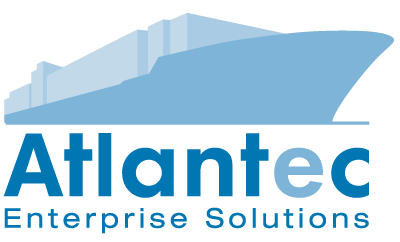- Home
- >
- Publications
- >
- SHIPLYS Report D3.1
Ship Lifecycle Software Solutions (SHIPLYS)
Project Deliverable Report
D3.1 Existing prototyping models and approaches in shipping and other industry sectors
EXECUTIVE SUMMARY
Background
SHIPLYS is a three-year project that started in September 2016. The project is in response to needs of SME naval architects, shipbuilders and ship-owners, who, in order to survive in the world market, need to improve their capability to reduce the time and costs of design and production, to be able to reliably produce better ship concepts through rapid virtual prototyping and to meet the increasing requirements for LCCA (Life Cycle Cost Analysis), environmental assessments, risk assessments and end-of-life considerations as differentiators.
Introduction
SHIPLYS project is mainly focused on developing and integrating rapid virtual prototyping tools with life cycle tools, in order to empower European SME designers and production yards to make their own decisions on how to arrive at early stage via a life-cycle approach, at both: optimum ship design configurations and optimal retrofitting/conversion.
Existing established approaches and tools such as Building Information Modelling (BIM) and product life cycle management (PLM) are investigated for the relevance of such functionality to meet SHIPLYS objectives.
Additionally, relevant work done in previous projects such as the Life Cycle Assessment Tool (LCAT) developed in the FP7 project MAINLINE, the approach developed within MOSAIC, another FP7 project, and many other projects that SHIPLYS participants have been involved are also reviewed.
Aims and Objectives
Review existing approaches and tools for ship design prototyping, production management, life cycle cost modelling, assessment of environmental impact, and risk assessment.
Methodology
Work done in this Deliverable draws on work done by individual partners on various EC funded projects, software or relevant approaches developed within their own organisations and experience in the use of or knowledge of relevant third-party off the shelf available software. Where applicable, for example in the use of BIM, experts have been consulted and their work referenced. Cognisance has been taken of relevant work outside the shipping sector with a view to learn from such experience and, where applicable, transfer such technology to the project.
Summary
This Deliverable contains a summary of models and approaches considered for their applicability to SHIPLYS concepts. The Deliverable lays the background for D3.2 in which a selection will be made from the models considered in D3.1. This involves the assessment and identification of, a) existing models to be integrated, and, b) functionality to be developed within the project and integrated within the SHIPLYS software platform.
Short Content
| 1 | Introduction |
| 2 | Deliverable Objectives |
| 3 | Approach to meeting the Deliverable objectives |
| 4 | Traditional ship design process |
| 4.1 | Challenges |
| 5 | General Models for product information and for exchange & management of product data |
| 5.1 | Process and Activity Models |
| 5.1.1 | Activity models in ISO 10303 |
| 5.1.2 | Potential Usage in SHIPLYS |
| 5.2 | Data Models |
| 5.2.1 | Product Model Data |
| 5.2.2 | ISO 10303 |
| 5.2.3 | ISO 13584 |
| 5.2.4 | Potential Usage in SHIPLYS |
| 5.3 | Information models |
| 5.3.1 | Building Information Modelling (BIM) |
| 5.3.2 | PLM (Product lifecycle management) |
| 6 | Approaches for assessing sustainability criteria and reference projects |
| 6.1 | Approaches for Life Cycle Cost Assessment LCCA |
| 6.2 | Life cycle assessment |
| 6.3 | Approaches for Risk Assessment |
| 7 | Shipbuilding modelling methodologies |
| 7.1 | Hull parametric modelling |
| 7.2 | Spaces arrangement modelling (Conceptual Ship design) |
| 7.3 | Structural modelling |
| 7.4 | System modelling |
| 7.5 | Life cycle modelling |
| 8 | Optimal design approach |
| 8.1 | Optimisation procedures in ship design |
| 8.2 | Relevant project examples |
| 9 | Object-oriented approach for virtual prototyping in conceptual ship design |
| 10 | Existing software map |
| 11 | Conclusions regarding relevance to SHIPLYS |
| 12 | Concluding remarks |
References
Annex A – Design Software Directory
Annex B – Ship Design Process Activities and Flows
B.1 ISO 10303 Ship AAM – List of Activities 141
B.2 ISO 10303 Ship AAM – List of Flows (Inputs, Controls, Outputs)
